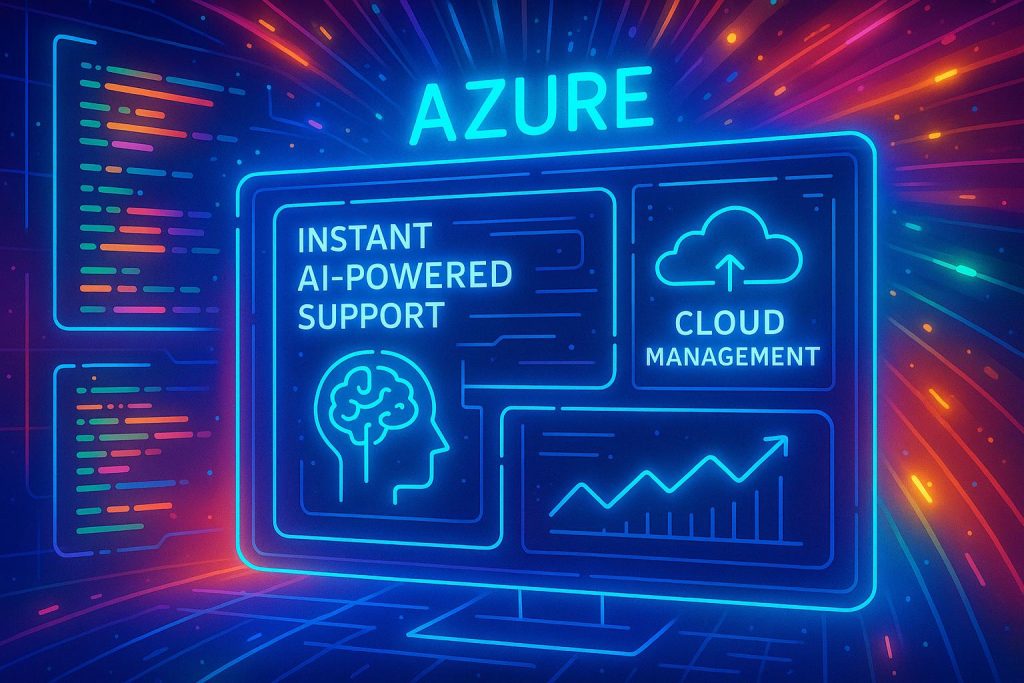Listen to the article
Microsoft launches the Azure SRE Agent in public preview, offering instant, AI-powered operational support across the Azure ecosystem with enhanced governance, incident management, and code-linked diagnostics designed to lower downtime and streamline cloud management.
The Azure SRE Agent has entered public preview, now accessible instantly to all Azure users without the need for sign-up. This AI-powered Site Reliability Engineering assistant aims to streamline the management, diagnosis, and resolution of issues across Azure environments, promising a smarter, more resilient, and enterprise-ready experience. The agent is directly available via the Azure Portal, reflecting Microsoft’s commitment to making sophisticated operational tools broadly accessible and easy to adopt.
Central to the Azure SRE Agent’s design is a secure-by-default governance model. It operates with least-privilege access, executing no write actions on Azure resources without explicit human approval, adhering closely to Azure’s role-based access control (RBAC) standards. This ensures that organisations can assign distinct roles—from read-only insight providers to approvers—allowing teams to calibrate the level of automation and control they desire. Users can thus maintain clear oversight and traceability from day one, balancing automation benefits with governance needs.
The agent’s coverage spans the entirety of the Azure ecosystem. Built-in support for Azure CLI and kubectl enables broad operational command across Azure services, while enhanced diagnostics extend to vital platforms including PostgreSQL, API Management (APIM), Azure Functions, AKS (Azure Kubernetes Service), Azure Container Apps, and Azure App Service. This wide-ranging functionality supports both microservice architectures and traditional monolithic applications, facilitating consistent automation and deep insights across complex cloud environments.
A significant enhancement is the agent’s automation of incident management through native integrations with tools such as Azure Monitor, PagerDuty, and ServiceNow. These integrations enable the agent to ingest alerts and activate corresponding workflows within existing organisational tools, reducing manual effort and accelerating incident response. The extensible incident management framework allows teams to reuse and customise runbooks according to their preferred operational practices. Whether teams choose to maintain human oversight or enable fully autonomous issue resolution, the system flexibly adapts, offering a pathway from guided action to trusted autonomy.
Further raising the agent’s value is its code-aware root cause analysis capability. By linking diagnostics directly to source code in platforms like GitHub and Azure DevOps, the agent helps teams trace incidents to the precise code changes that caused them. This integration accelerates resolution workflows and enhances confidence in automated responses by correlating operational issues with engineering activities. Additionally, incident summary reports generated by the Azure SRE Agent can be pushed directly into GitHub and Azure DevOps, complete with diagnostic context. These reports can even be assigned to GitHub Copilot, which can automatically create pull requests and merge validated fixes, turning incident responses into permanent code improvements rather than temporary mitigations.
Microsoft has continually emphasised the Azure SRE Agent’s secure, scalable, and enterprise-ready design throughout its development. Initially introduced as an AI-powered assistant to help teams maintain compliance with security best practices and improve uptime, the agent now incorporates advanced features such as proactive resource auditing, detailed operational visibility for critical services like API Management, and operational monitoring powered by large language models for rapid root cause analysis. These features collectively aim to reduce operational toil and lower mean time to resolution (MTTR), supporting more reliable and efficient cloud operations.
As the Azure SRE Agent moves into public preview, Microsoft encourages users to engage with the community through their GitHub repository to share feedback, request features, or report issues. This collaborative approach suggests the agent will continue evolving, shaped by customer experiences and real-world usage.
📌 Reference Map:
- Paragraph 1 – [1], [4]
- Paragraph 2 – [1], [3]
- Paragraph 3 – [1], [2], [6]
- Paragraph 4 – [1], [2], [5]
- Paragraph 5 – [1], [2], [5]
- Paragraph 6 – [4], [6], [7]
- Paragraph 7 – [1]
Source: Fuse Wire Services


